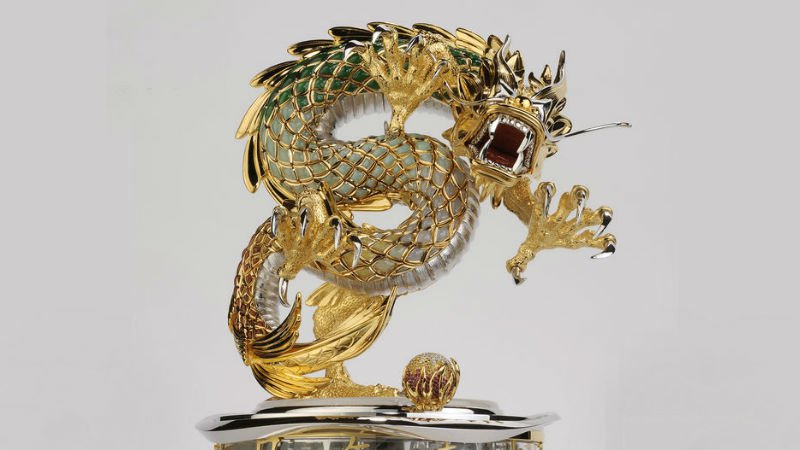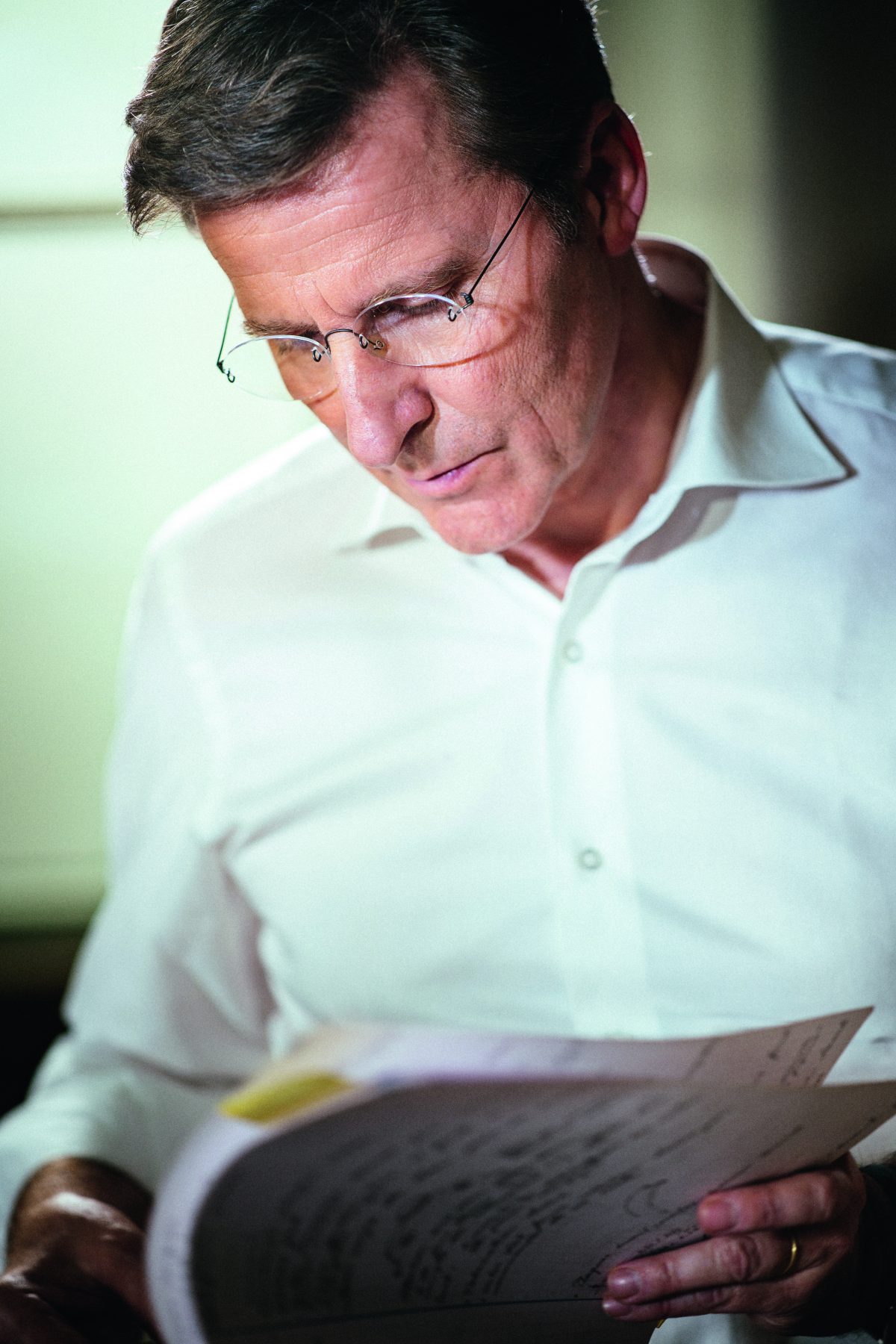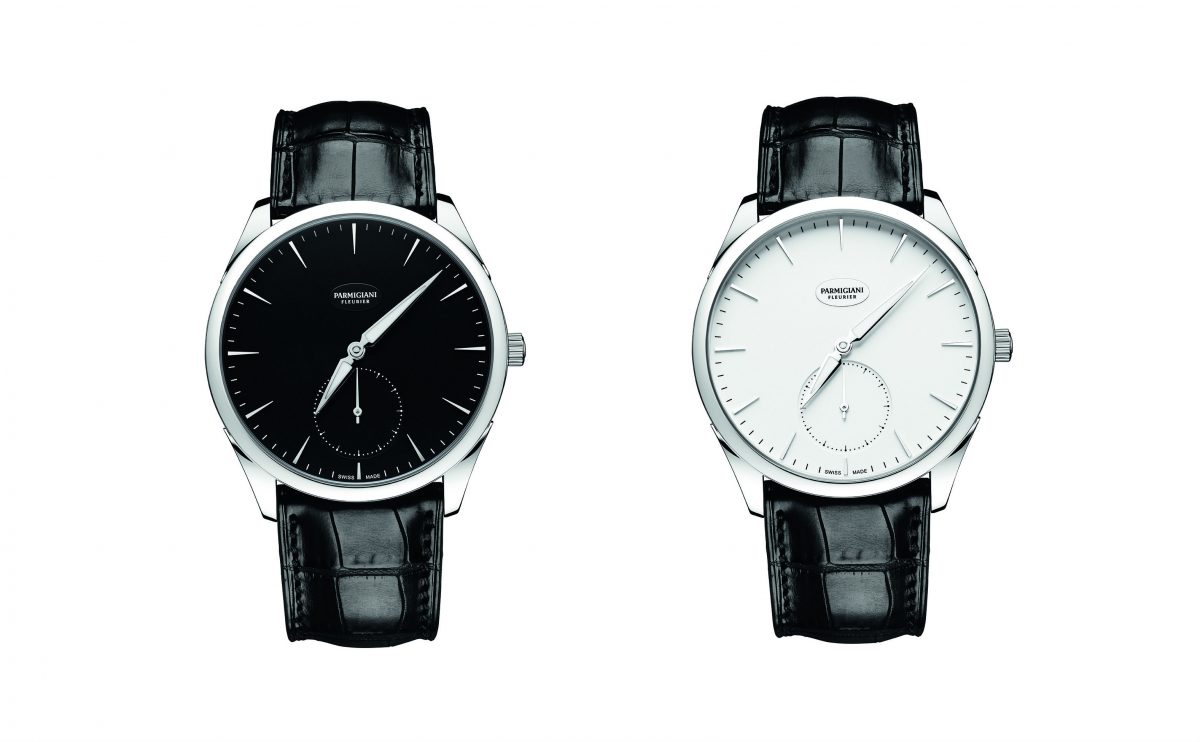In an interview, the founder of Swiss watchmaker Parmigiani Fleurier shares his optimism and strategies in a trying time for the industry.

In an interview, the founder of Swiss watchmaker Parmigiani Fleurier shares his optimism and strategies in a trying time for the industry.
Brevity and elegant simplicity coupled with mechanical complexity punctuate all facets of Michel Parmigiani’s life, profession, and speech. Parmigiani struck out on his own in 1976, opening his first atelier in the town of Couvet, in the canton of Neuchâtel, Switzerland, after studying watchmaking in Fleurier and a brief tenure at Juvenia, a small La Chaux-de-Fonds-based watch manufacturer, known as one of the very few Swiss watch companies to have produced watches without interruption since its creation in 1860.
Four years after opening his doors, Parmigiani became the conservator of record for the Sandoz Family Foundation watchmaking artefacts and clock collection. A decade after that, Parmigiani found his eponymous concern, Parmigiani Mesure et Art du Temps Cie, with the precise mission of “restoring the value of Swiss watchmaking art as heritage by making it part of an ongoing tradition of manufacturing expertise.” The new company’s first project was producing an automatic pocket watch for legendary watch house Breguet. In 1996, after being open for only six years, the Sandoz Family Foundation took ownership of Parmigiani Mesure et Art du Temps and the Parmigiani Fleurier brand was created.
The first independently branded watch release was the tonneau-shaped Kalpa Hebdomadaire (formerly called the “Ionica”) in 1999, fitted with the first in-house movement, the eight-day power reserve Calibre PF110. To the casual observer, the brand is perhaps best known for its long running partnership with the pinnacle supercar marquee Bugatti—most recently the collaboration just yielded the Bugatti Aerolithe Performance at the 2017 SIHH in January.
Given the modest size of Parmigiani Fleurier manufacture, its presence in China is far-reaching and impressive, with “Studio Parmigiani” (flagship boutiques exclusively custom-designed by Thierry Conquet of the Parisian architecture and design firm, CA&CO;, to maintain distinctive design continuity) in Beijing, Tianjin and Shanghai. Overseeing the company’s regional endeavors for the past five years is Asia Pacific Managing Director, Wei Shan, who declined comment for this story.
Join Luxury Society to have more articles like this delivered directly to your inbox
Unlike most other haute horlogerie maisons, Parmigiani Fleurier does not develop specific collections, editions or pieces for specific markets—China included. However, that did not stop the watchworks from creating “The Dragon and the Pearl of Wisdom” haute horlogerie clock to celebrate the Year of the Dragon in 2012.
To find out more about this clock and other China projects, Jing Daily columnist Aaron Sigmond submitted the questions below to Parmigiani and his team, who collectively answered them via email.

Michel Parmigiani, founder of Swiss watchmaker Parmigiani Fleurier. (Courtesy Photo)
In a recent interview with Jing Daily, LVMH Watch Division President Jean-Claude Biver said, “It’s time again to push forward in China and to invest strongly.” Do you share his sentiment and optimism?
Yes, China is still one of the fastest growing markets, but our strategy is still to keep a safe balance between all of our markets in terms of investments.
In a 2012 interview with the South China Morning Post, Parmigiani Fleurier CEO Jean-Marc Jacot said his primary focus was going to be rolling out an image-building “affordable luxury” campaign (affordable PF being around US$10,000/71,500 RMB). Was that campaign successful? What did the company learn from this initiative?
The objective was to broaden our product range to appeal to a new type of customer. The launch in 2017 of the new Tonda 1950 in steel is in line with this strategy.

The Tonda 1950 by Parmigiani Fleurier. (Courtesy Photo)
In that same article, it was stated that Parmigiani Fleurier employs at least one Chinese-speaking worker in each of its directly operated stores in Europe and the United States. Does that remain true?
Except in one of our directly operated stores, there is at least one Chinese-speaking person per boutique.
In 2011, you opened two Studio Parmigiani shops in Beijing and Tianjin, and the following year, Parmigiani Fleurier opened a shop-in-shop at Emperor Watch & Jewellery in Hong Kong. Have these boutiques performed to expectation?
Even if business was tough in Asia in 2016, we are happy to still be working with the same retailers and have kept the two “Studios” as well as the shop-in-shop at Emperor Watch & Jewellery in Hong-Kong.
Swiss watch exports to mainland China have remained soft, but some brands have seen a slight rebound—where is Parmigiani Fleurier in this mix?
We are also seeing very positive signs coming from China. We are confident about the further development of this country which will remain, for Parmigiani, one of the key actors for the luxury watch segment.
What are the most important aspects of the Chinese luxury market in the years ahead, and how does Parmigiani Fleurier intend to address them?
We are aware that Chinese customers are sensitive to transparency. They appreciate knowing how and where the product is manufactured. The fact that we are one of the few independent watch manufactures producing every single component in-house speaks to them.
Many luxury brands have been wary of pursuing e-commerce in China, while others have been very active with online sales. Should the watch industry embrace online retail?
We believe that for Parmigiani’s haute horlogerie watches, customers want to live an experience. That’s why we focus our attention on personal relationships with our retail network.
In the past, you’ve stated that Parmigiani Fleurier will not pursue creating a smartwatch or collaborating on one. As other Swiss watchmakers explore this brand extension avenue are your opinions swayed?
No, we still think that we have much more to offer in the field of mechanical watchmaking.
You created “The Dragon and the Pearl of Wisdom” haute horlogerie clock to celebrate the Year of the Dragon in 2012. However, unlike some of your competitors, you do not release annual Chinese New Year wristwatches. What was behind your thoughts in creating The Dragon and the Pearl of Wisdom, and what why do you resist Chinese New Year zodiac special edition watches?
In producing “The Dragon and the Pearl of Wisdom” we wanted to showcase our extensive know-how that goes beyond the usual aspects of watchmaking and pay tribute to China, whose customers are today among the most important for the luxury watch industry. Nevertheless, our collection is intended for an international audience. We do not develop specific collections for particular markets.
Article originally published on Jing Daily










